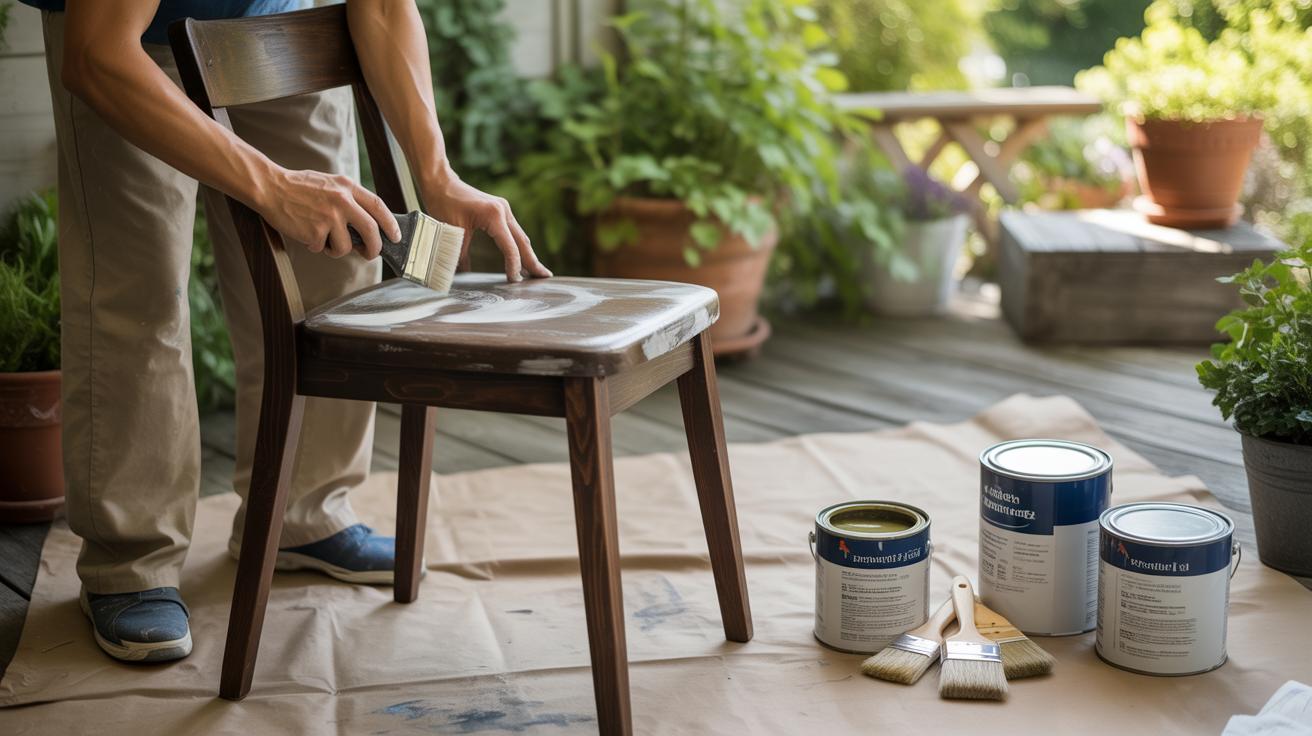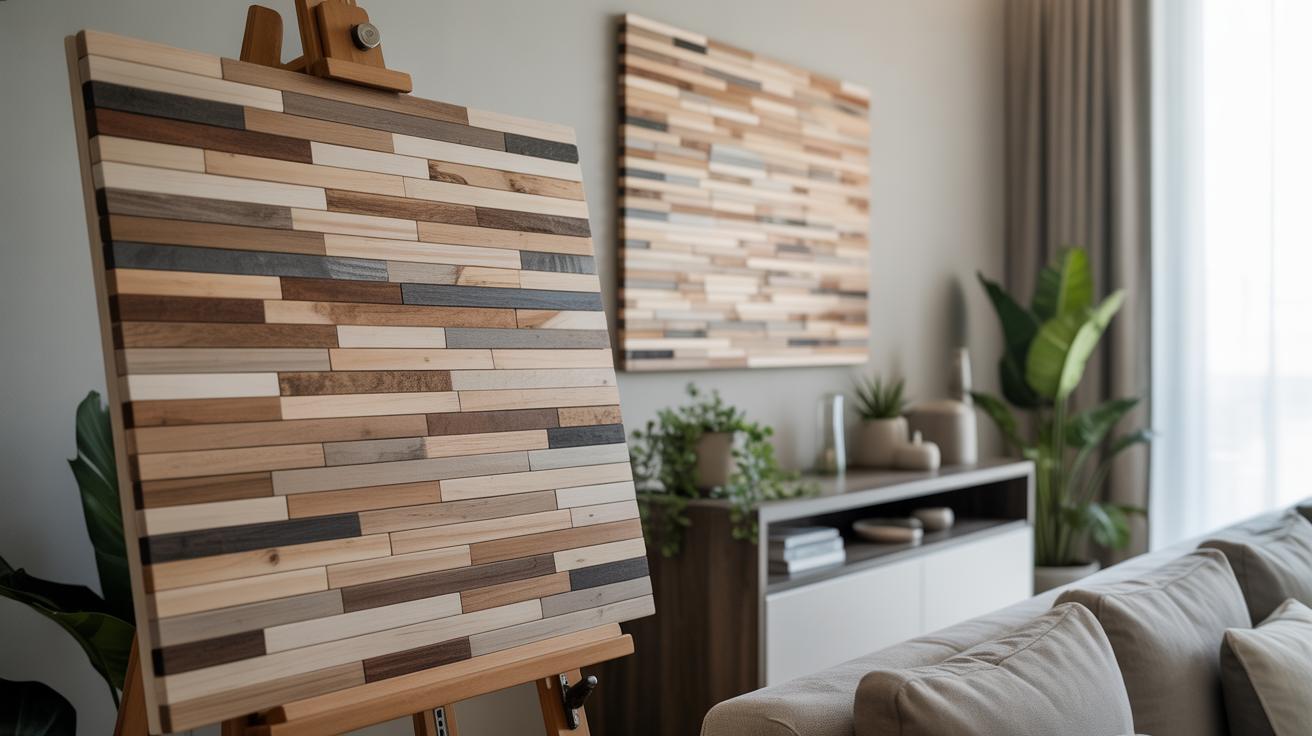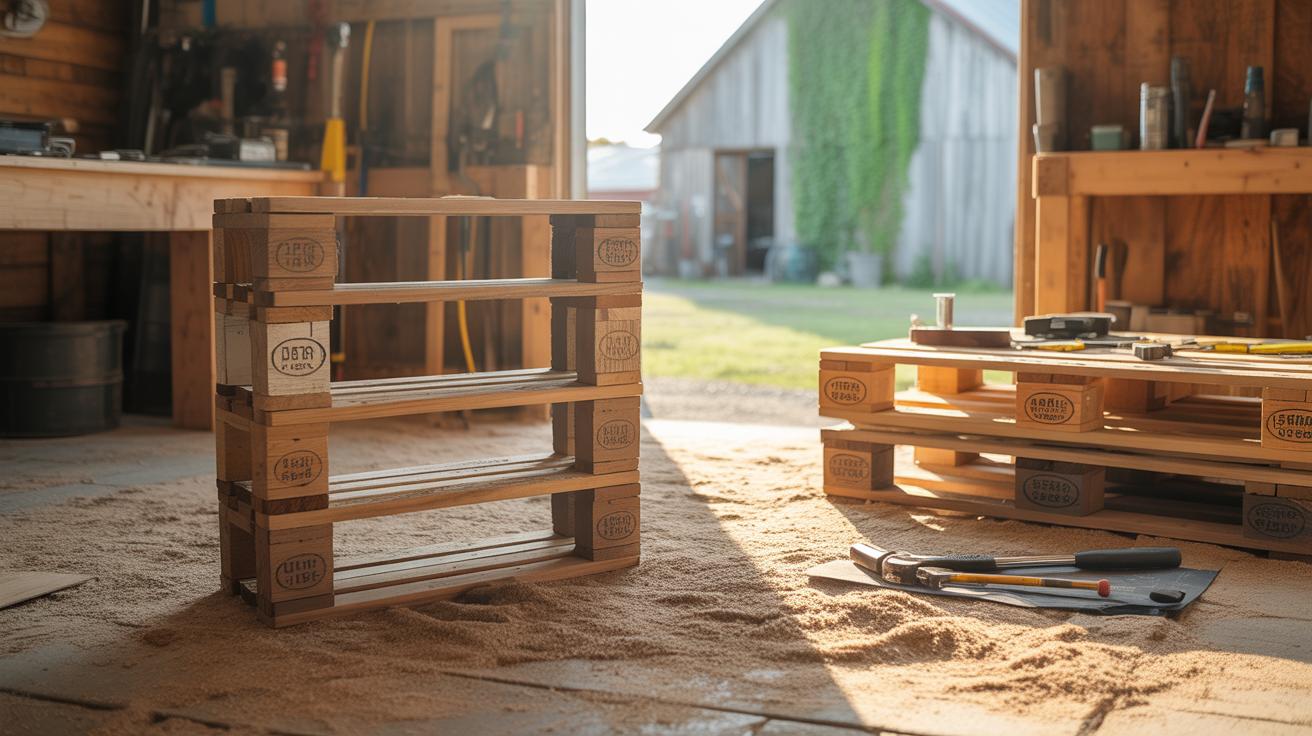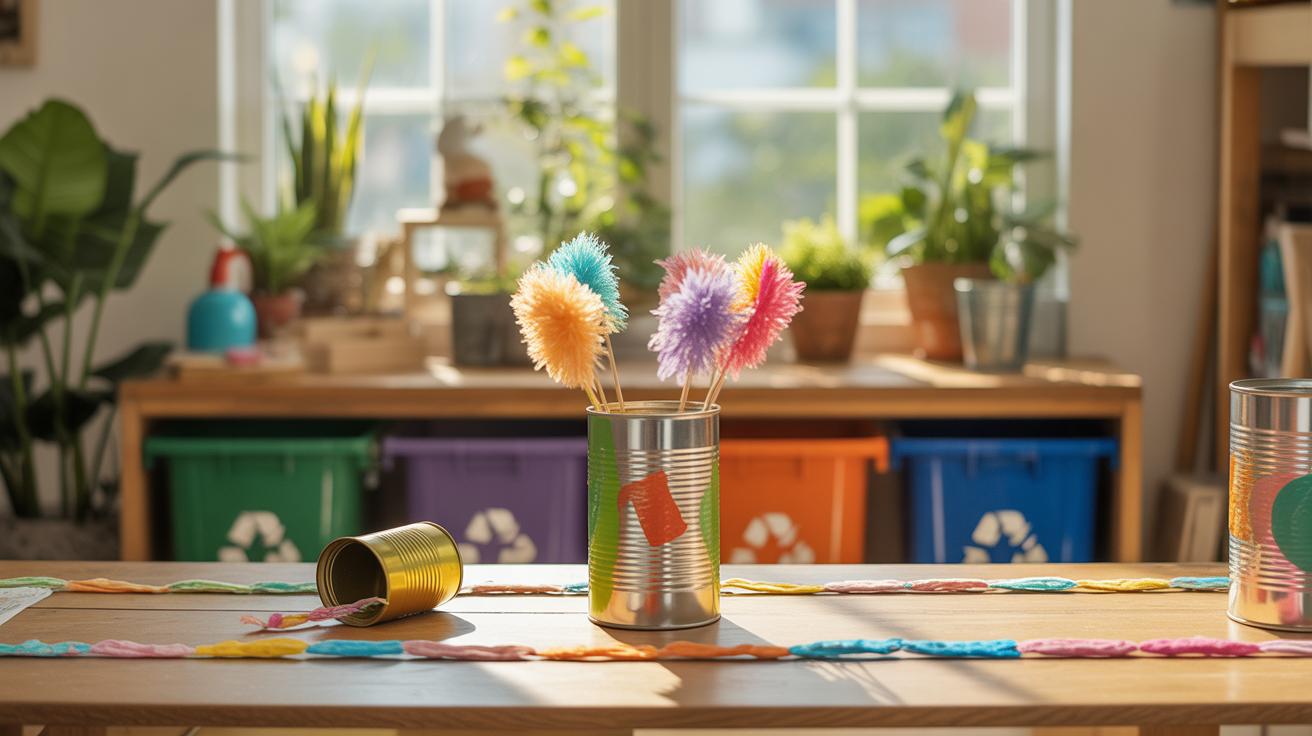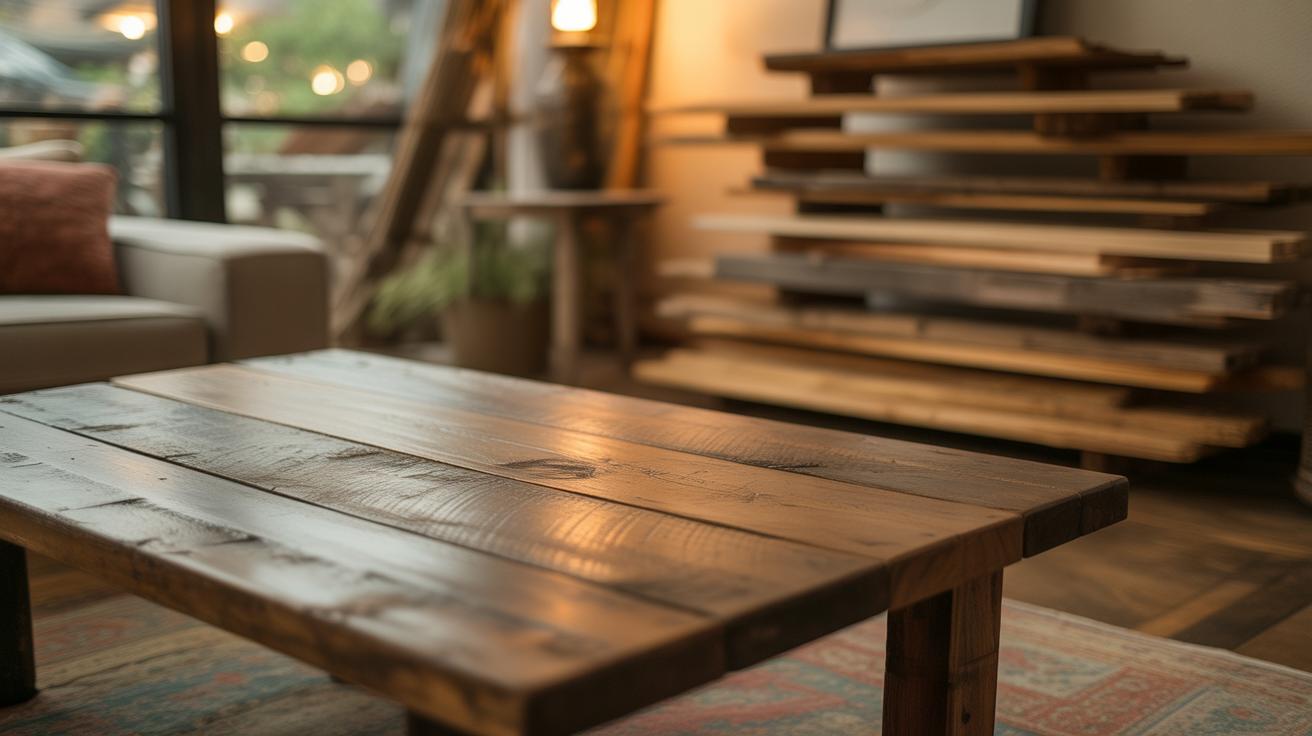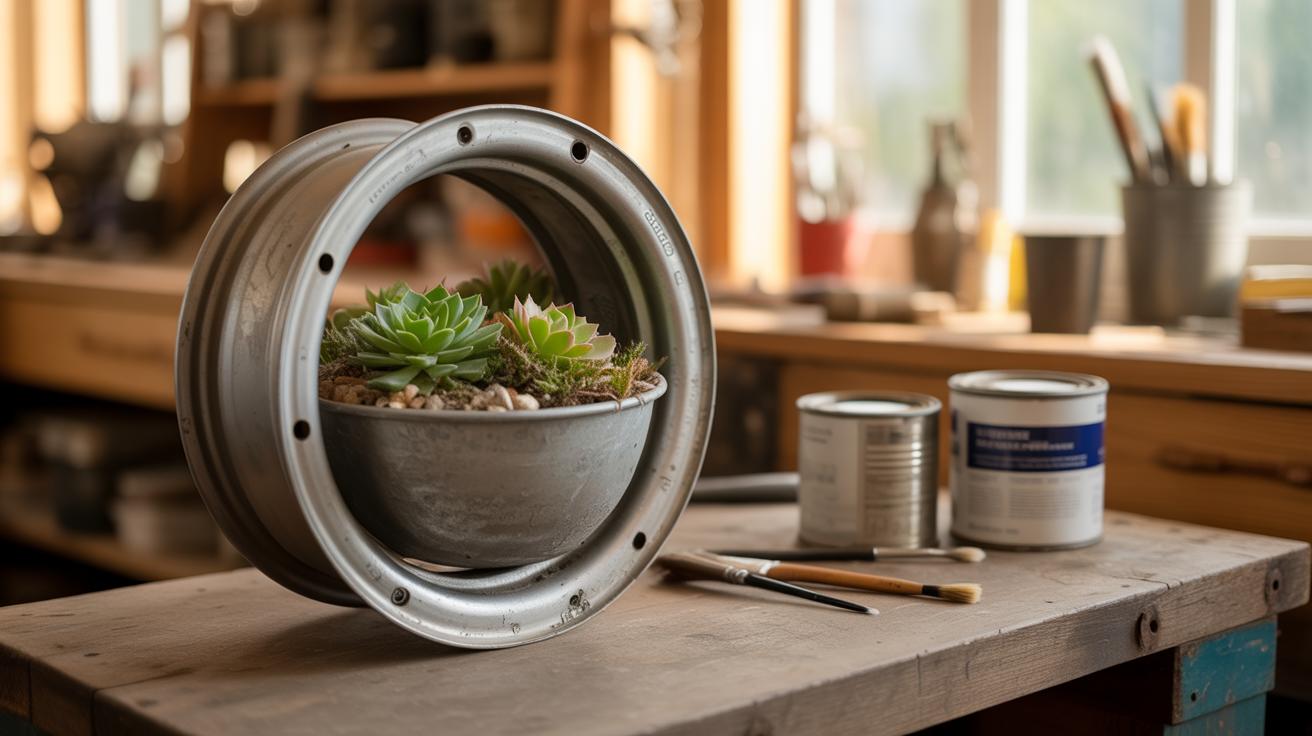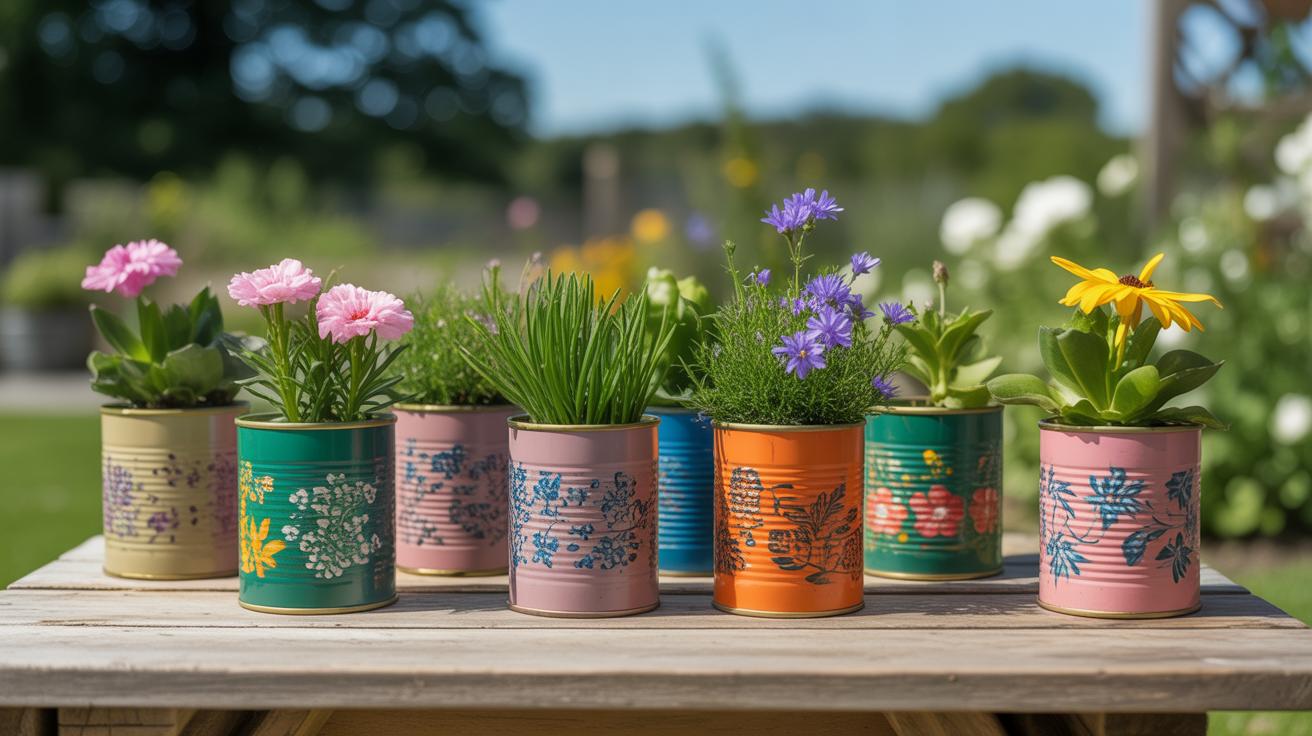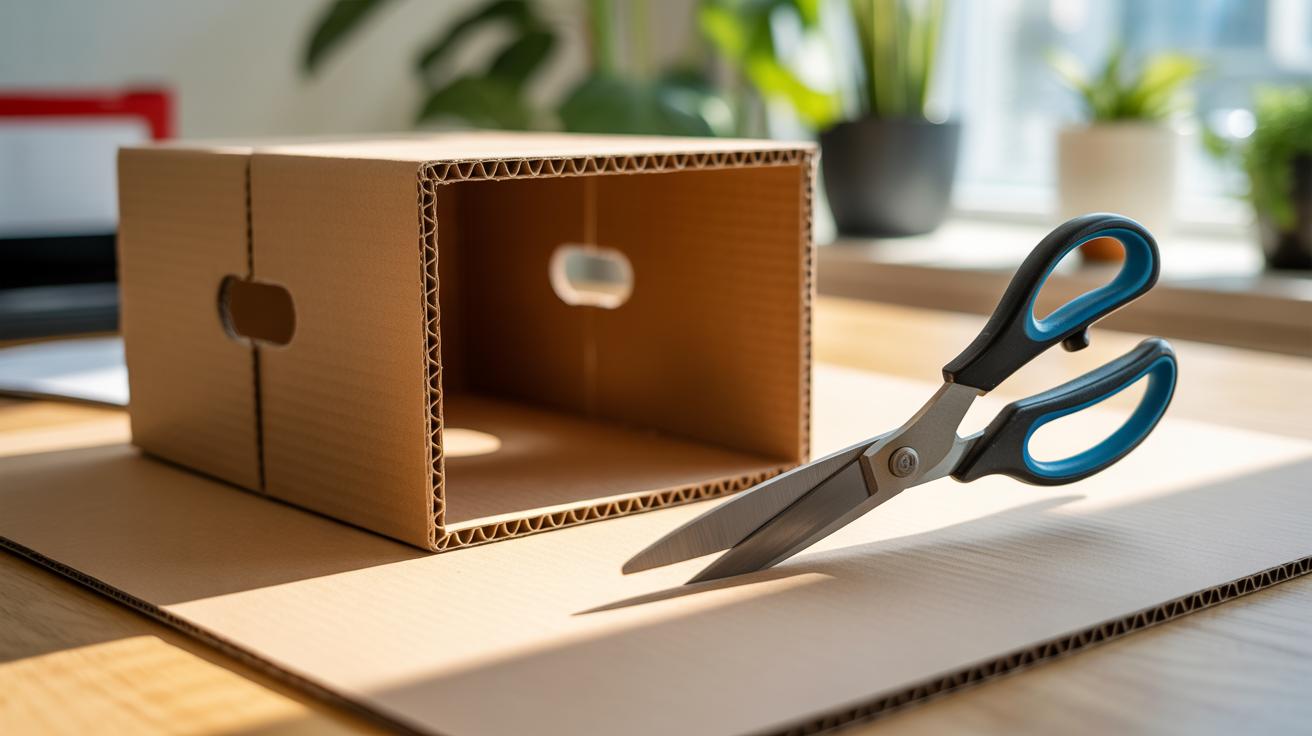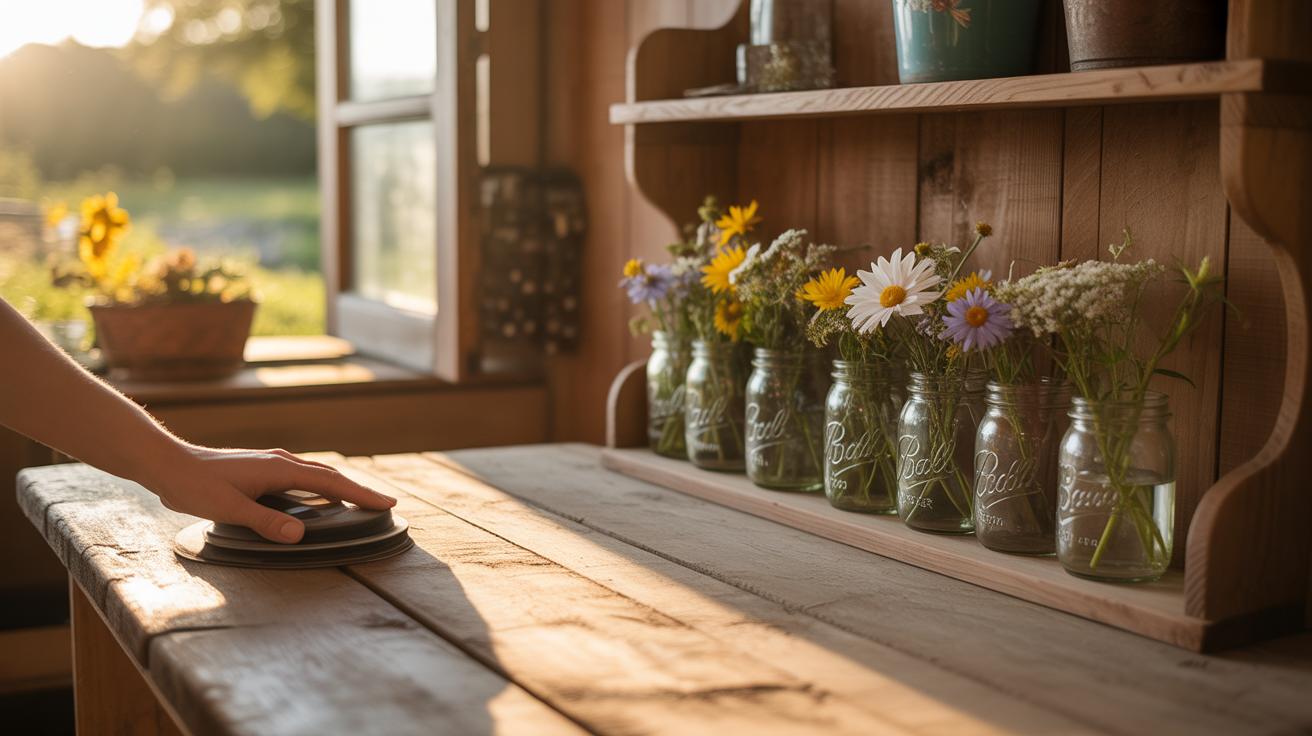Introduction
Recycled furniture makeovers offer an exciting path to creating eco-friendly homes. With growing awareness about the environment, many people are choosing to bring new life to old furniture pieces instead of buying new. This helps reduce waste and saves valuable resources. Plus, recycled furniture can add unique charm and personality to your home.
This article explores the benefits of recycled furniture, practical tips to makeover old pieces, and how to create an eco-friendly home environment. You will learn simple steps to start your own recycled furniture makeover journey and discover ideas to inspire your transformation projects at home.
The Environmental Impact Of Furniture Waste

Why Furniture Waste Is A Problem
Have you ever thought about just how much furniture ends up in landfills? It’s more than you might expect. Millions of tons of discarded furniture pile up yearly, taking up space that could be used for other waste. Furniture isn’t like simple trash; many pieces contain materials that don’t break down quickly, such as treated wood, foam, and synthetic fabrics. These add to landfill bulk and can leak harmful chemicals into the soil and water over time.
Then there’s the issue of resources. Furniture production uses a lot—wood, metals, textiles, and energy. When a couch or a dresser is tossed out instead of recycled, those resources go to waste. That means more trees cut down, more mining, and more pollution just to make new pieces. It feels like a cycle that’s hard to stop.
Benefits Of Recycling Furniture
Recycling furniture means more than keeping old desks or chairs out of a landfill. It slows the demand for new raw materials. When old wood gets repurposed, it reduces the number of trees cut down. Reusing metals from old frames saves mining efforts, which in turn lowers greenhouse gas emissions and energy use. It’s a step toward less strain on the environment.
Plus, recycling can cut down on pollution from furniture manufacturing. Think about the glue, paint, and finishes in new furniture—the production of these involves chemicals and emissions. By reworking existing materials, you avoid encouraging that process as often.
It’s not a perfect solution, and sometimes recycled furniture ends up discarded again, but every piece that’s saved lessens the burden. Maybe it won’t fix everything, but it’s a doable way to make your home a bit kinder to the environment.
Choosing Furniture Suitable For Recycling
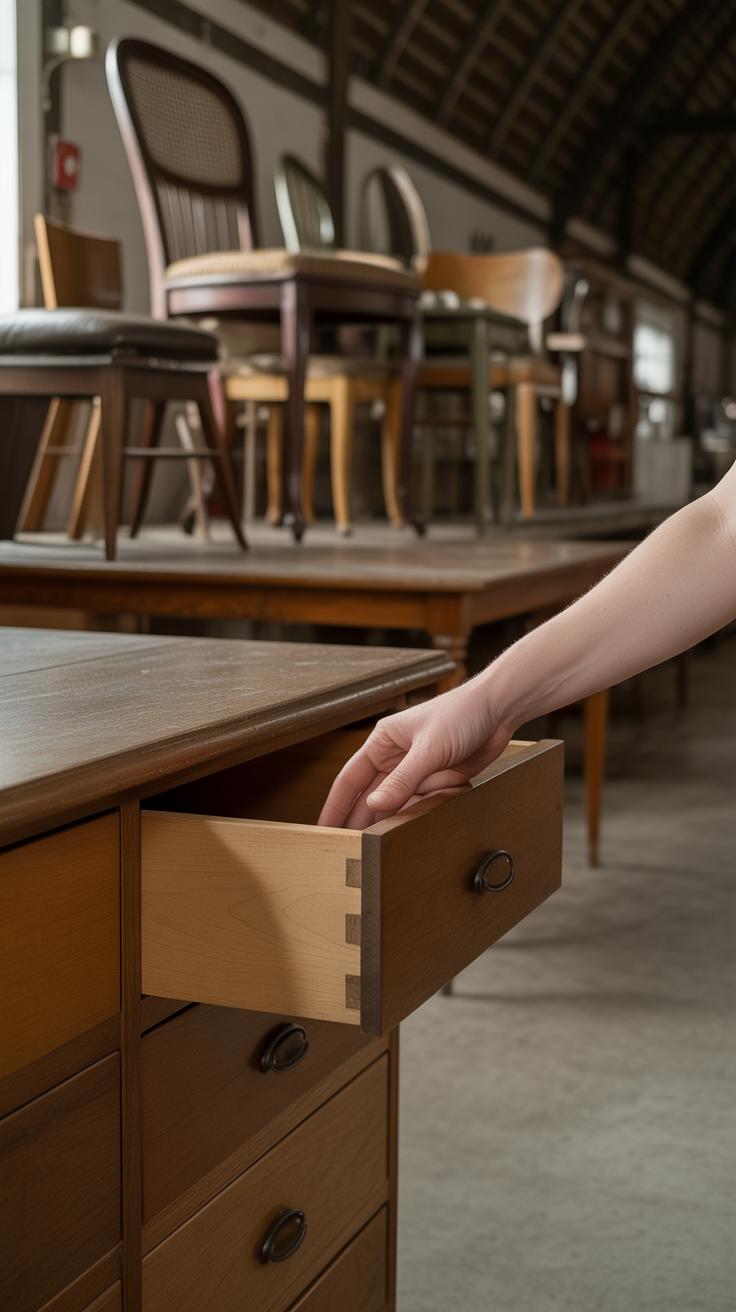
When it comes to picking furniture for recycling or a makeover, not every piece deserves your time. You might be tempted to grab the first old chair or table you see, but some pieces just don’t lend themselves well to a revival. Think about the structure—does it feel solid if you give it a gentle shake? A wobbly frame might require more work than it’s worth unless you’re up for a serious fix.
Wooden furniture often stands out as a great candidate. Chairs, dressers, and tables made of wood usually have parts you can reuse or refinish. Metal and sturdy plastic items sometimes work, but their repair paths can be less straightforward. Especially with wood, if the joints hold and there aren’t deep cracks or rot, you’re in a better position to breathe new life into the piece.
Look closely for salvageable elements like intact drawers, usable legs, or decorative carvings. These parts can help reduce effort and expense. Sometimes, even older finishes can be stripped off easily, revealing fresh wood beneath. Choosing the right piece might take some patience. What might seem beyond help at first glance could surprise you after a bit of cleaning and inspection.
Also, think about what fits your space and style once revamped. Does the item have potential beyond just its current look? With recycling furniture, you’re not just saving materials—you’re creating something that feels right for you. So, while sturdiness and parts matter, ask yourself if you can see your vision taking shape with this piece. That instinct often guides the best choices.
Basic Tools And Materials For Furniture Makeovers
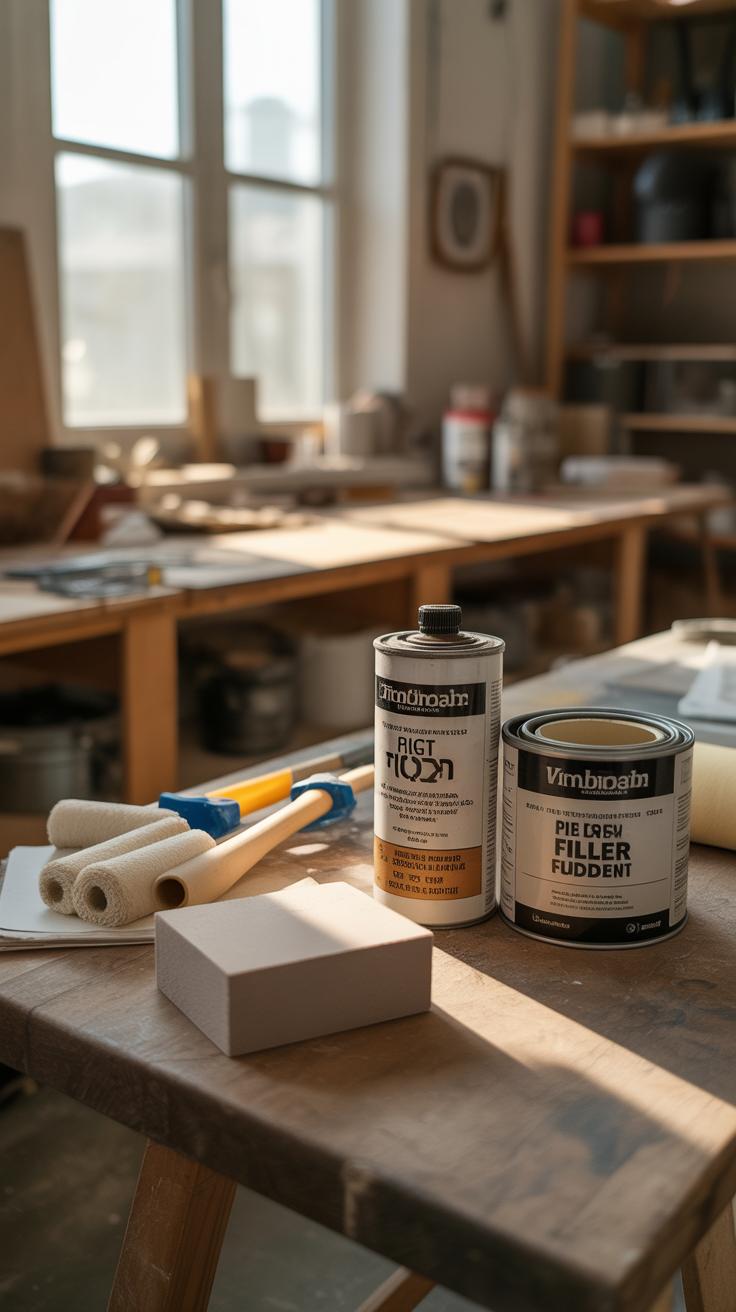
Essential Tools To Have
Starting a furniture makeover at home means gathering a handful of basic tools that almost anyone can find without much fuss. Sandpaper is probably your best friend here—it smooths out rough spots and prepares surfaces for paint or finish. You don’t need fancy grades at first; an assortment from coarse to fine works well.
Paintbrushes come next. A variety of sizes helps, especially smaller brushes for trim or detailed areas and wider ones for bigger surfaces. Sometimes I’ve found foam brushes handy, but that depends on the type of paint you choose.
Screws and screwdrivers also belong on the essentials list. Often, furniture needs tightening, or you might want to replace missing screws. A basic screwdriver set with flathead and Phillips heads is generally enough to cover most jobs. If you plan to dismantle pieces, a hammer and a few clamps will come in handy too, though those aren’t absolutely necessary to start.
Sustainable Materials To Use
When choosing materials, thinking about eco-friendly options makes a difference to your home’s impact. For paints, low-VOC or zero-VOC water-based paints reduce harmful emissions indoors. They dry quickly and clean up easily, which I appreciate when working in small spaces.
Finishes are a bit trickier since they affect durability. Natural oil finishes like linseed or tung oil soak into wood and bring out grain without the plastic-like coating some synthetic finishes create. They do require patience to apply and sometimes a few extra coats, but the result feels more natural.
Fabrics for cushions or upholstery should be considered too, if relevant. Organic cotton, hemp, or recycled polyester blends offer sturdy options without relying on synthetic materials. Finding textures you like might take some trial and error—or perhaps a sample to touch before committing.
Would you be surprised how much using sustainable materials changes the atmosphere of a room? It might not show immediately, but I think there’s something quietly different about a room with carefully selected, eco-conscious finishes.
Simple Techniques For Furniture Makeovers
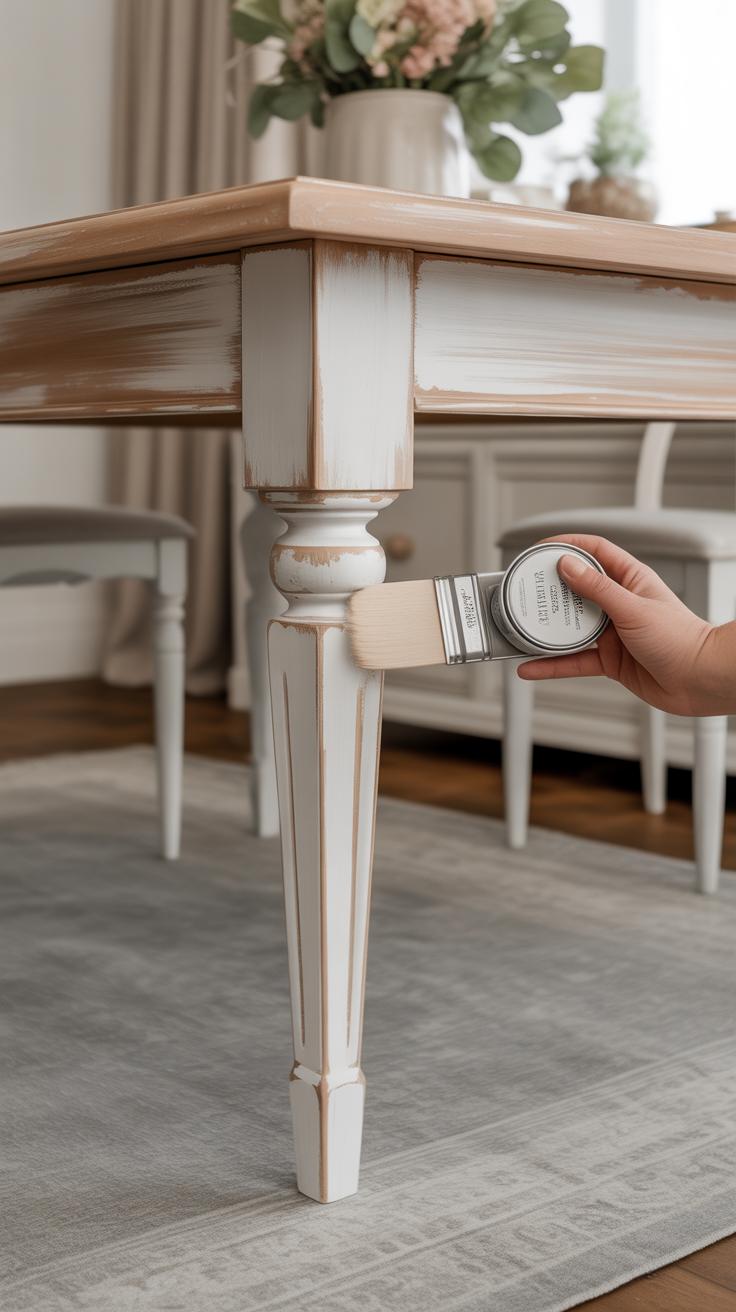
Sanding And Painting
Sanding and painting are some of the most straightforward ways to freshen up old furniture. You don’t need to be an expert to try it out yourself. Start by sanding the surface to remove any rough patches, old paint, or finish. It’s a bit dusty work, but it really helps the new paint stick better and makes the final result smoother.
After sanding, wipe the piece clean to get rid of all the dust. Then, choose a paint that fits the look you want—chalk paint is popular for its matte finish and ease of use, but regular latex paints can work too. One thing I’ve noticed is that letting the paint dry thoroughly between coats makes a big difference. Two or three light coats usually do the trick.
Sanding and painting can give even a tired dresser a whole new personality. But you might wonder, is it worth the time? Well, if you want a quick but noticeable change, it often is. The trick is knowing when to stop sanding or repainting—too much can erase some character you might want to keep.
Upholstering And Detailing
Upholstering sounds complicated, but it doesn’t have to be. If you’ve got a chair or stool with a worn-out seat, swapping the fabric and padding can make a massive difference in comfort and style. You don’t need fancy tools—just a staple gun, some fabric, and a bit of patience to pull the material tight enough.
Besides fabric, little details like new knobs, trim, or even stenciled patterns add personality without much effort. You might add brass nails or paint stripes on a side table to catch the eye. These small tweaks often do more than a full makeover because they highlight the piece’s original shape and charm.
Sometimes it feels like you’re juggling too many options—does the fabric color really match your walls? Should the legs be painted too? It’s okay to experiment. The nice part is that these changes aren’t permanent; you can always try new fabrics or details later. The process itself becomes part of the fun.
Incorporating Recycled Furniture In Eco Friendly Homes
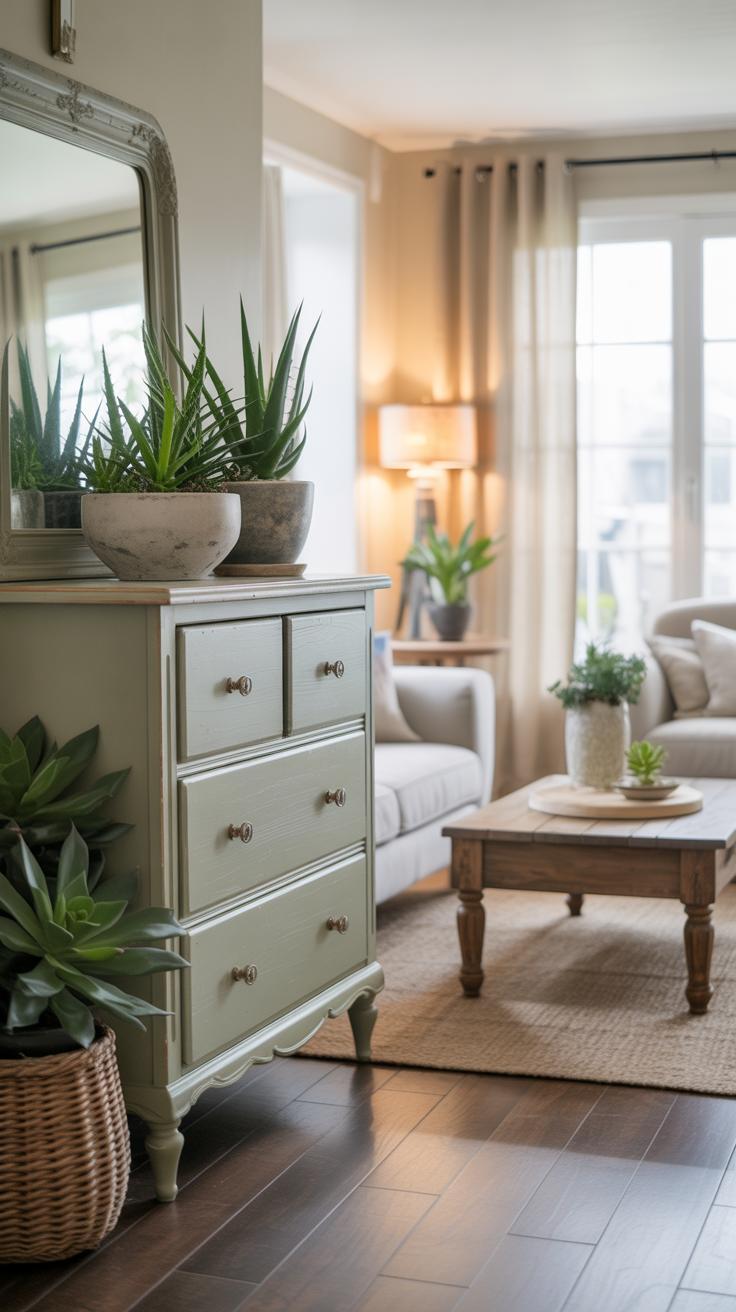
Using recycled furniture in your home isn’t just a style choice; it’s a way to shape your living space with care for the planet. These pieces carry stories—sometimes a bit worn, often unique—that new furniture can’t quite capture. When you bring them into an eco-friendly home design, you reduce waste and the demand for new materials, which means less energy used and fewer harmful emissions.
Mixing recycled furniture with modern pieces can feel tricky, but it doesn’t have to. You might try these ideas:
- Pair a reclaimed wood coffee table with sleek metal-framed chairs for contrast.
- Use an old, restored dresser as a statement piece amid minimalist decor.
- Balance a vintage armchair’s color with neutral tones elsewhere in the room.
This mix creates a more personal vibe without feeling dated or cluttered.
Recycled furniture also plays a role in healthier indoor air quality. Unlike some new furniture, which often releases volatile organic compounds from paints or adhesives, well-repaired or refinished recycled pieces tend to have fewer toxins. Choosing natural finishes or giving pieces time to air out can support this further.
Plus, when you opt for recycled furniture, you’re lessening the demand for new manufacturing—a process that often involves chemicals and non-renewable resources. That choice nudges your home toward sustainability in a way that looks and feels good. Maybe it’s not perfect, and some recycled items need a bit of care, but that’s part of the charm, right? It’s about creating a space that’s honest, sustainable, and yours.
Where To Find Recycled Furniture Pieces
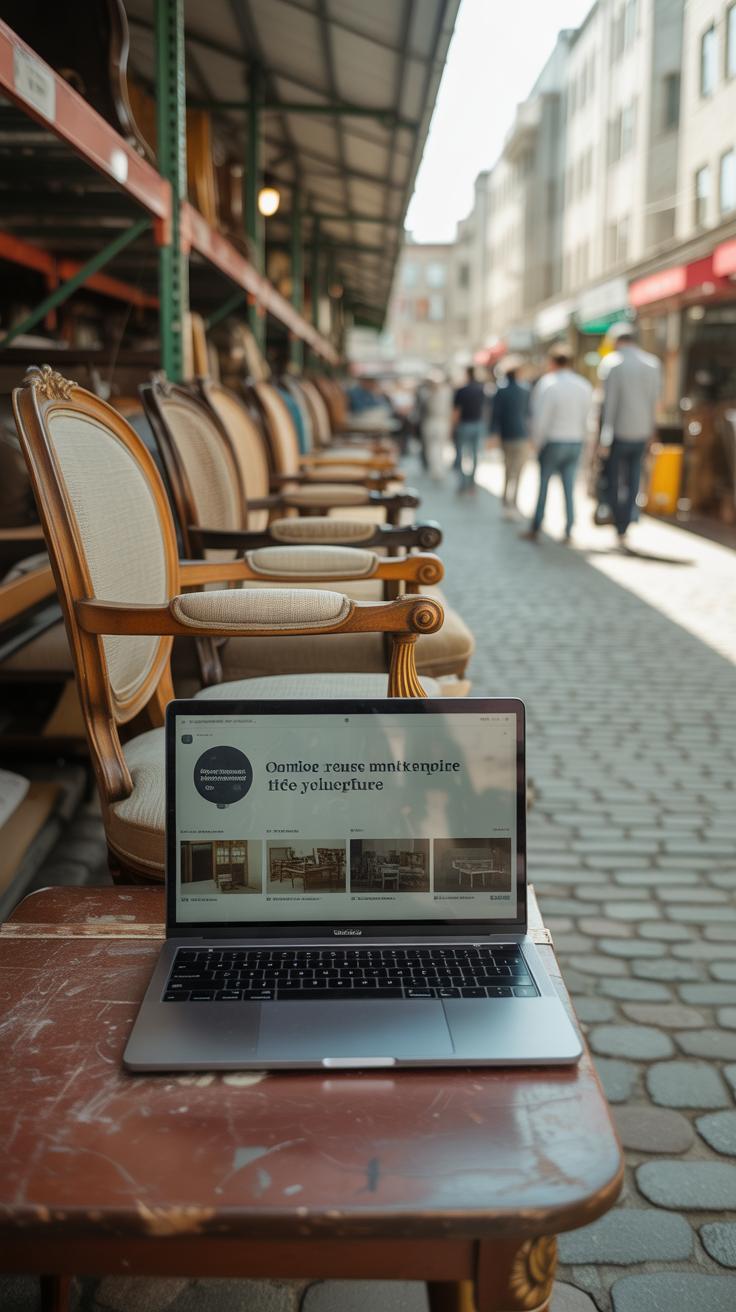
Thrift Stores And Garage Sales
Local thrift stores and garage sales can be treasure troves if you know where to look. It’s not always easy to spot a good piece right away, but patience often pays off. Sometimes, pieces with small imperfections can be the most unique once restored. Visiting these spots regularly helps—you get a sense of what to expect and start finding hidden gems before others do.
When you’re there, consider the condition, style, and materials. Ask yourself if it can be easily fixed or painted. Sometimes, you might overlook a sturdy vintage chair because its finish is worn out, but with a little effort, it could become a standout in your space.
Garage sales, in particular, offer a chance to negotiate prices, which is handy if you’re working with a tight budget. Plus, owners often want to clear out quickly, so timing your visit towards the end of the sale might score you a better deal.
Online Marketplaces And Community Groups
Online platforms have transformed the way we find recycled furniture. Websites like Craigslist, Facebook Marketplace, and local buy-and-sell groups on Facebook put plenty of options at your fingertips. These listings often come straight from people’s homes, so you might stumble on real character pieces that aren’t in stores.
Browsing online can be a bit frustrating because it’s a mixed bag—you find fantastic deals alongside pieces priced too high for their value. Still, with a discerning eye, you can find what you want. Sometimes, sellers mention the history behind the furniture, which adds a neat story to your purchase.
You might also explore apps dedicated to secondhand goods. They often filter by location, letting you pick up something without far travel. Remember to ask questions and request more pictures before committing. It’s like a digital treasure hunt where the payoff can be a truly unique piece.
Creative Ideas For Customizing Recycled Furniture
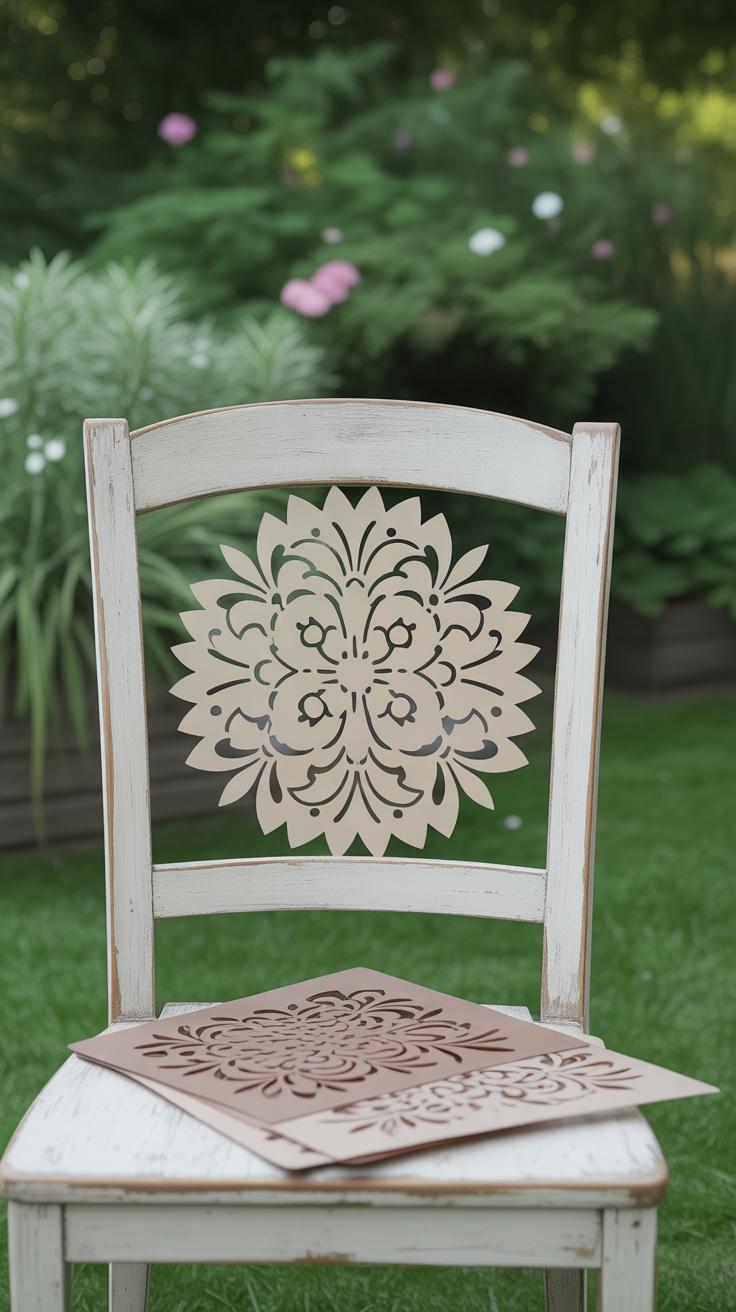
When you bring recycled furniture into your home, it’s like opening a door to endless possibilities. You can really make these pieces your own with a few thoughtful touches that showcase your personality. Painting is the easiest way to start. You might try bold colors or soft pastels, depending on your mood or room style. Even simple geometric patterns can give a tired dresser a fresh look without overwhelming it.
Stencils offer a bit more precision. Think floral motifs on a cabinet door or repeating shapes along a table edge. They add detail where brush strokes alone might feel too plain. I tried stenciling small stars on an old chest once, and it turned into a favorite spot for books.
Don’t forget function when customizing. Adding shelves to the inside of wardrobes or underneath chairs can create useful storage. New handles can update style and usability—brass knobs, leather pulls, or even repurposed drawer pulls work well. Cushions can transform a hard wooden bench into a cozy nook, making a piece both beautiful and inviting. You might find that these little changes inspire you to keep experimenting.
Maintaining And Caring For Recycled Furniture
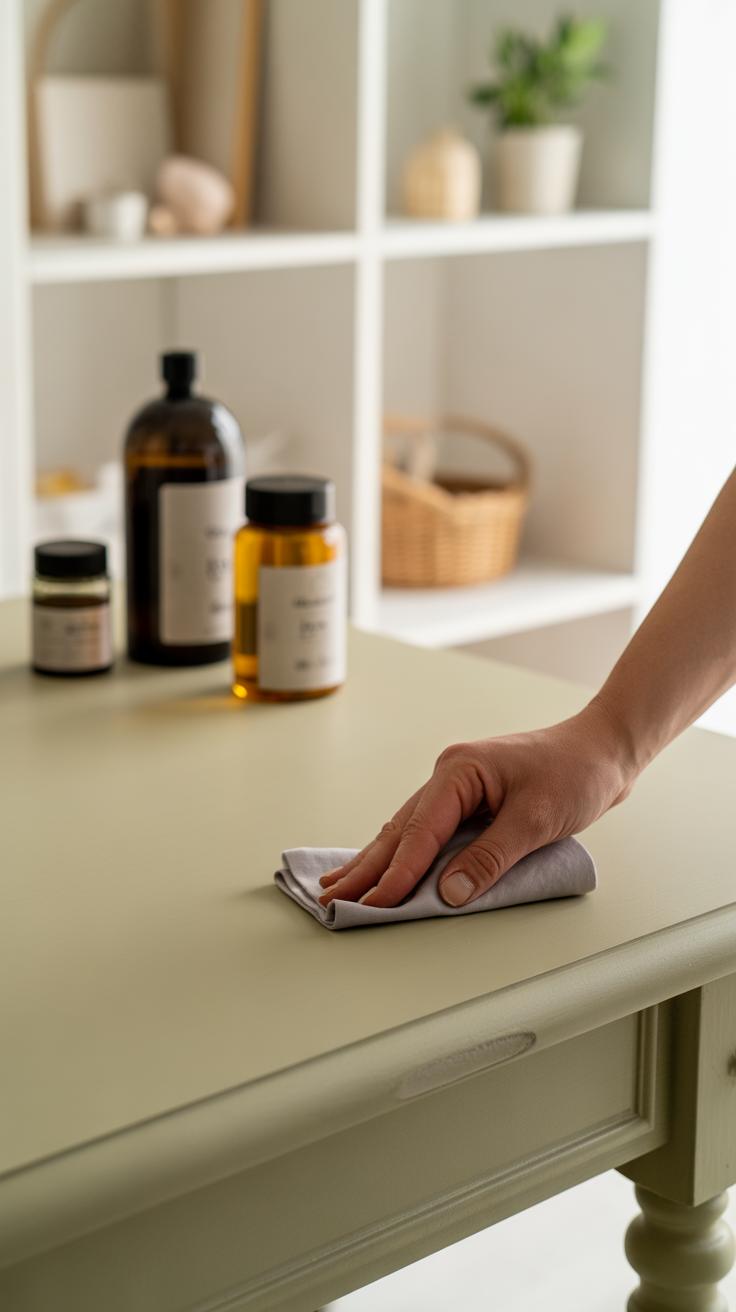
Keeping recycled furniture in good shape often feels a bit different from caring for new pieces. Sometimes, you realize the materials need a gentler touch. To really help them last, avoid harsh chemicals or abrasive scrubbing, which can wear away finishes or damage surfaces.
For wood parts, using a soft cloth with mild soap and water usually does the trick. But don’t soak the wood—too much moisture can cause swelling or warping. A quick dry afterward helps. I tend to apply natural oils occasionally; they bring out the grain and protect the surface, though not every wood needs it.
Fabric on recycled furniture calls for careful cleaning, especially if it’s older or delicate. Vacuuming regularly removes dust, while spot cleaning with a recommended upholstery cleaner can handle stains. Testing in a hidden spot first feels safer—you never know how recycled fabric might react.
Metal pieces often benefit from gentle wiping to prevent rust or buildup. Using a mixture of vinegar and water can work, but avoid letting the solution sit on metal too long. Dry thoroughly afterward. For painted metal, soft dusting is usually safest.
To protect your furniture from daily wear, try placing felt pads under legs to stop scratches on floors and furniture alike. Moving pieces gently and avoiding dragging helps too. Cover seat cushions when not in use to keep them fresh, and consider window treatments to shield items from direct sunlight, which can fade or crack materials over time. Moisture, sunlight, scratches—they all chip away at longevity in ways you might not notice right away.
Joining The Movement For Sustainable Living
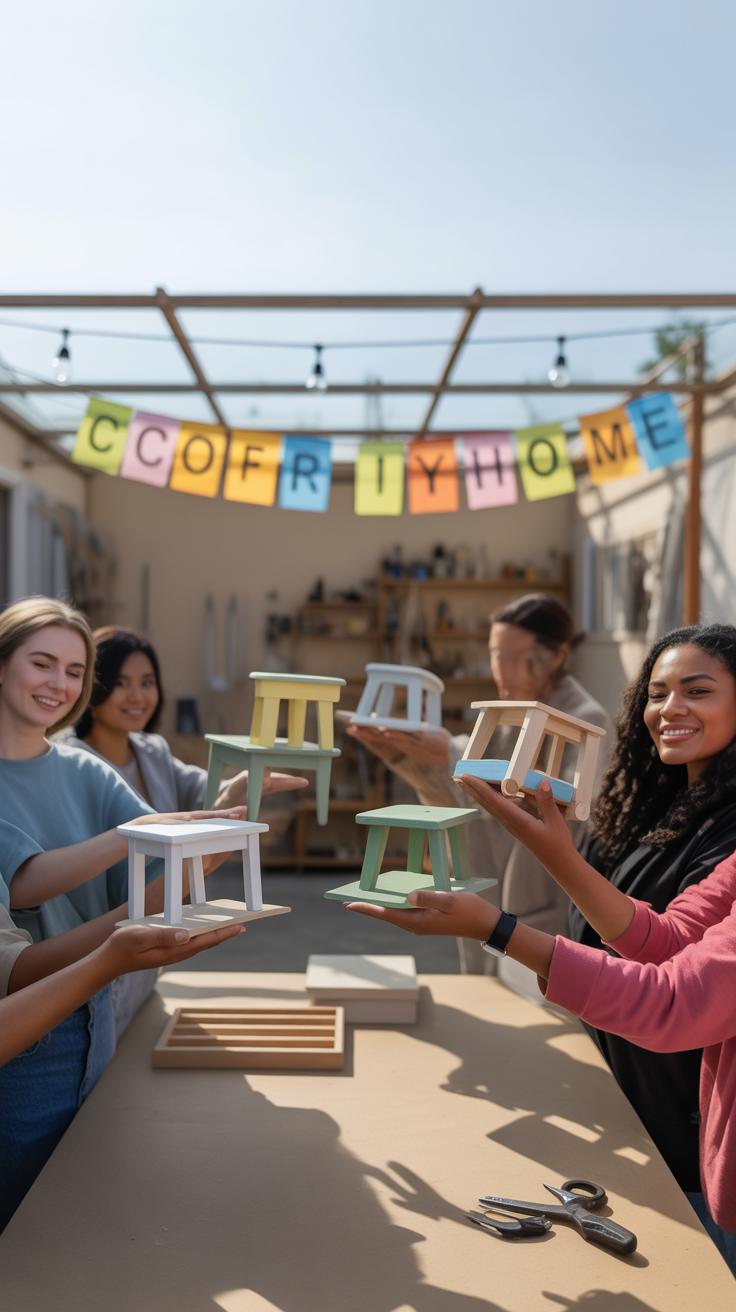
Choosing recycled furniture isn’t just about updating your home’s look. It’s a step toward a lifestyle that values sustainability and responsibility. When you bring recycled pieces into your space, you join millions who prefer reuse over disposal, and that adds up in a big way.
Beyond your walls, recycled furniture helps reduce waste in landfills and cuts down demand for new resources. This has a ripple effect on forests, water use, and energy consumption—areas often overlooked but crucial to our planet’s future. Plus, when you buy or refurbish recycled pieces locally, you support small businesses and artisans in your community, which feels… well, more connected, somehow.
If you’re trying to encourage others, start small. Show your friends the beauty of a simple makeover or invite them to a thrift hunt. Sometimes what they need is just a peek at the possibilities. Sharing your own story, even the little mishaps and happy surprises, can spark their curiosity. After all, not everyone sees the value in recycled furniture right away—but seeing it in real life makes a difference.
Conclusions
By embracing recycled furniture makeovers, you take positive steps towards an eco-friendly lifestyle. These projects reduce waste, conserve resources, and turn old furniture into beautiful, functional pieces. With some creativity and effort, you can transform your home, reflecting your values and style.
Start small by selecting one piece to recycle. Experiment with new finishes or upholstery. Your home will benefit from the unique character recycled items bring. More importantly, you contribute to a healthier planet while enjoying furniture that tells a story.


